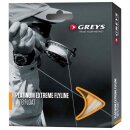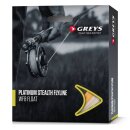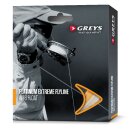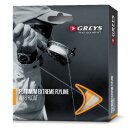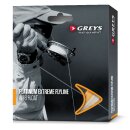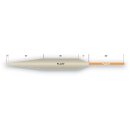Bedienerfreundlichkeit
Produktsortiment
Preisgestaltung
Bestellabwicklung
Lieferung
Service und Support
angler35
01.06.2024
Schnelle Lieferung, Ware entspricht dem Bestellten, bin sehr zufrieden!
zum Tackle-Deals Bewertungsprofil
ME
01.06.2024
Seit Jahren ein zufriedener Kunde, schneller Versand, ständige Info was gerade passiert , gutes Preis Leistungsangebot, gute Auswahl, MEINE Nr.1 bei Angelzubehör Bestellungen.
zum Tackle-Deals Bewertungsprofil
Georg
31.05.2024
Bin immer wieder beeindruckt von Tackle-Deals.
Auch dieses Mal absolut reibungsloser Ablauf der Bestellung, schneller Versand, angemessene Verpackung und immer günstige Preise.
Und auch der Servica nach dem Kauf ist Spitze, wie ich kürzlich nach einer früheren Bestellung erfahren konnte (Bestellung von nicht gelisteten Ersatzspulen).
zum Tackle-Deals Bewertungsprofil
Fabi
31.05.2024
Hat unkompliziert und schnell funktioniert. Gerne wieder!
zum Tackle-Deals Bewertungsprofil

4.90 / 5,00
13528 Bewertungen
13528 Bewertungen
 Theme World
Theme World
 % Deals
% Deals
 Buy on Invoice
Buy on Invoice
 Low-Price Guarantee for Brand Products
Low-Price Guarantee for Brand Products
 Free Shipping on Orders over €39 in DE / No Surcharge for Cash on Delivery
Free Shipping on Orders over €39 in DE / No Surcharge for Cash on Delivery
 Same-Day Shipping on Weekdays until 1 PM
Same-Day Shipping on Weekdays until 1 PM

